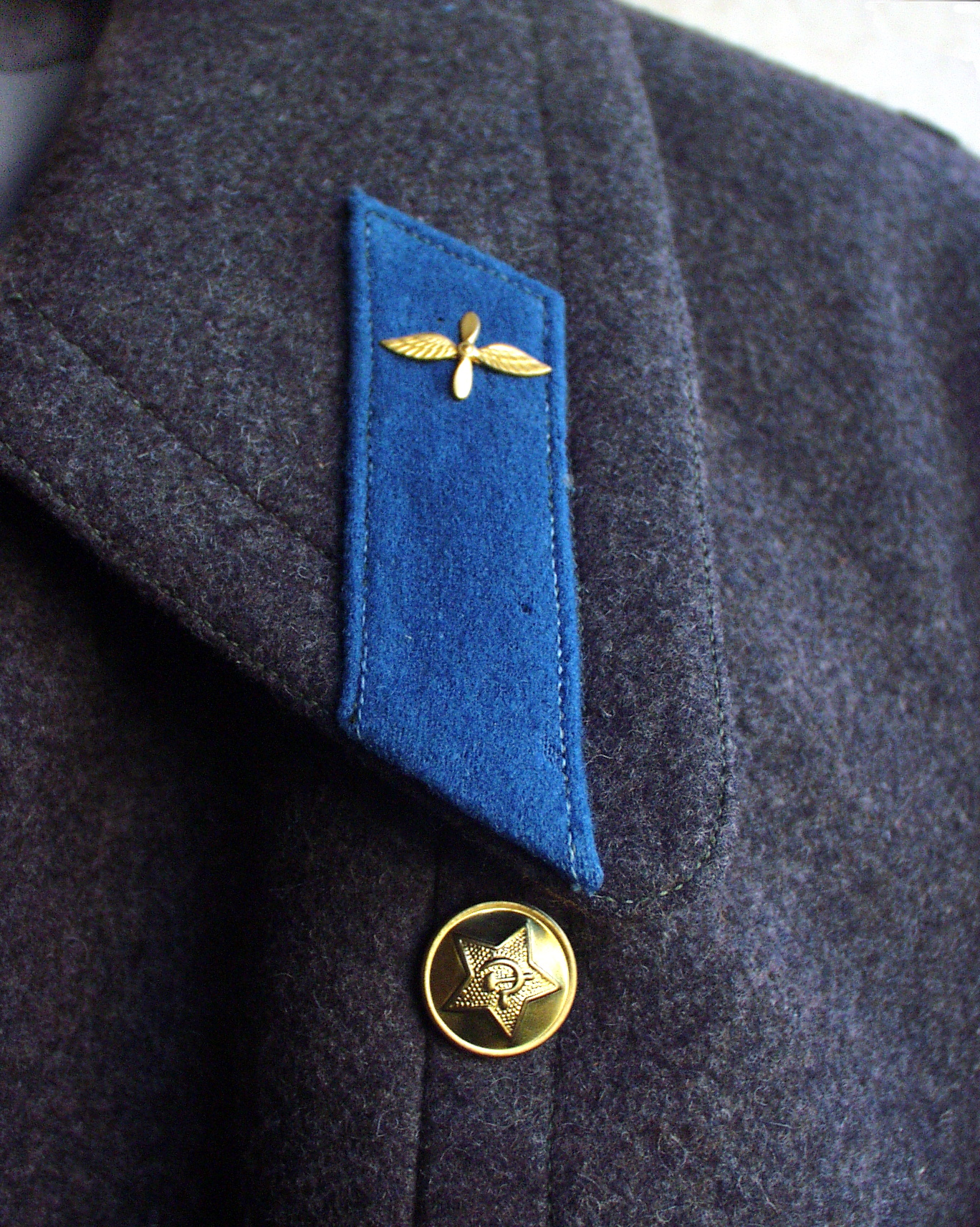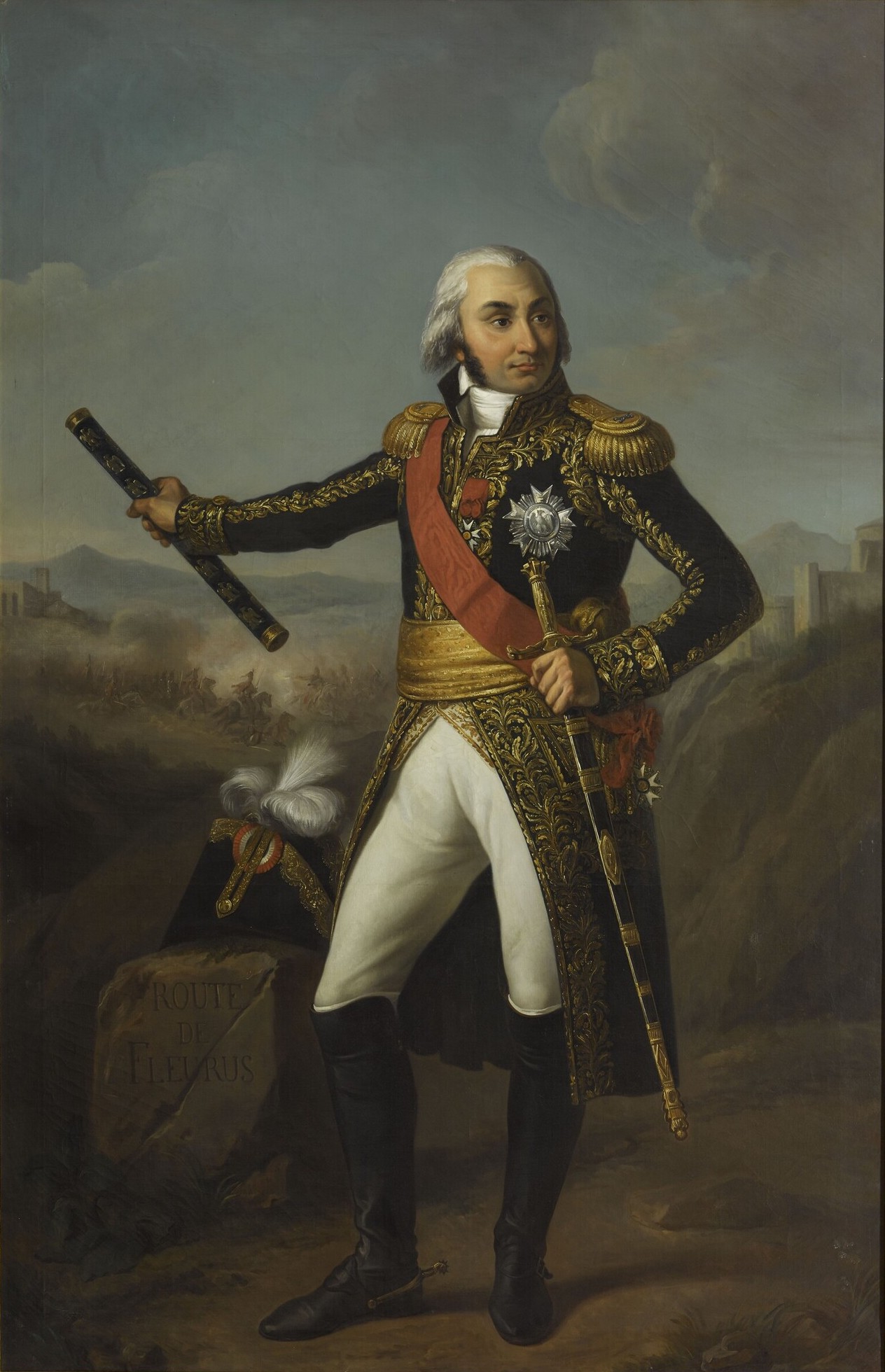|
Field Marshal (India)
Field Marshal (or field marshal, abbreviated as FM) is a Five-star rank, five–star general officer rank and the highest attainable rank in the Indian Army. Field Marshal is ranked immediately above general, but not exercised in the regular army structure. It is a largely ceremonial or wartime rank, having been awarded only twice. A Field Marshal’s insignia consists of the Emblem of India, national emblem over a crossed baton and sabre in a lotus blossom wreath. Sam Manekshaw was the first Field Marshal of India, and was conferred the rank on 1 January 1973. The second was Kodandera M. Cariappa, who was conferred the rank on 15 January 1986. Field Marshal is equivalent to an admiral of the fleet in the Indian Navy and a Marshal of the Indian Air Force in the Indian Air Force. In the Navy, Admiral of the Fleet has never been awarded, but from the Air Force, Arjan Singh was promoted to the rank of Marshal of the Indian Air Force. History To date, only two Indian Army officer ... [...More Info...] [...Related Items...] OR: [Wikipedia] [Google] [Baidu] |
Five-star Rank
A five-star rank is the highest military rank in many countries.Oxford English Dictionary (OED), 2nd Edition, 1989. "five" ... "five-star adj., ... (b) U.S., applied to a general or admiral whose badge of rank includes five stars;" The rank is that of the most senior operational military commanders, and within NATO's standard rank scale it is designated by the code OF-10. Not all armed forces have such a rank, and in those that do the actual insignia of the five-star ranks may not contain five stars. For example: the insignia for the French OF-10 rank contains seven stars; the insignia for the Portuguese contains four gold stars. The stars used on the rank insignias of various Commonwealth of Nations are sometimes referred to colloquially as pips, but are stars of the orders of the Garter, Thistle or Bath or Eversleigh stars depending on the wearer's original regiment or corps, and are used in combination with other heraldic items, such as batons, crowns, swords or maple leav ... [...More Info...] [...Related Items...] OR: [Wikipedia] [Google] [Baidu] |
Chief Of The Army Staff (India)
The Chief of the Army Staff (COAS) (unofficially known as the Army Chief) is a statutory position in the Indian Army held usually by a four star general. As the highest ranking officer to serve solely in the Indian Army, the chief is the professional head of the ground forces and a key adviser to the Minister of Defence. The COAS, in a separate capacity, is also a member of the National Security Council and thereby an advisor to the president and the prime minister. The COAS is typically the most senior army officer in the Indian Armed Forces, unless the Chief of Defence Staff and/or the Chairman Chiefs of Staff Committee is an army officer. Office of the Chief of the Army Staff The post of Commander-in-Chief, India was established in 1748 to designate the commander of all forces of East India Company. After 1857 , the Commander-in-Chief become the supreme commander of the British Indian Army. The C-in-C was also the overall head of the armed forces of the British India inc ... [...More Info...] [...Related Items...] OR: [Wikipedia] [Google] [Baidu] |
Royal Scots
The Royal Scots (The Royal Regiment), once known as the Royal Regiment of Foot, was the oldest and most senior infantry regiment of the line of the British Army, having been raised in 1633 during the reign of Charles I of Scotland. The regiment existed continuously until 2006, when it amalgamated with the King's Own Scottish Borderers to become the Royal Scots Borderers, which merged with the Royal Highland Fusiliers (Princess Margaret's Own Glasgow and Ayrshire Regiment), the Black Watch, the Highlanders (Seaforth, Gordons and Camerons) and the Argyll and Sutherland Highlanders to form the Royal Regiment of Scotland. History 17th century In April 1633, Sir John Hepburn was granted a warrant by Charles I to recruit 1200 Scots for service with the French army in the 1618–1648 Thirty Years War. The nucleus came from Hepburn's previous regiment, which fought with the Swedes from 1625 until August 1632, when Hepburn quarrelled with Gustavus Adolphus. It absorbed other Scottis ... [...More Info...] [...Related Items...] OR: [Wikipedia] [Google] [Baidu] |
World War II
World War II or the Second World War, often abbreviated as WWII or WW2, was a world war that lasted from 1939 to 1945. It involved the vast majority of the world's countries—including all of the great powers—forming two opposing military alliances: the Allies and the Axis powers. World War II was a total war that directly involved more than 100 million personnel from more than 30 countries. The major participants in the war threw their entire economic, industrial, and scientific capabilities behind the war effort, blurring the distinction between civilian and military resources. Aircraft played a major role in the conflict, enabling the strategic bombing of population centres and deploying the only two nuclear weapons ever used in war. World War II was by far the deadliest conflict in human history; it resulted in 70 to 85 million fatalities, mostly among civilians. Tens of millions died due to genocides (including the Holocaust), starvation, ma ... [...More Info...] [...Related Items...] OR: [Wikipedia] [Google] [Baidu] |
Antedated Contract
An antedated contract is a contract whose date is in the past; formally, a contract where the effective date on the contract is prior to the date on which the contract is executed (written, signed, made effective). The term is from Latin ''ante'' meaning "before", and its antonym is '' postdate.'' Another example, in simpler terms, might be that if something antedates something else, it predates it, or is older than it. See antedated check for ante. See also * Antedated check In banking, antedated refers to cheques which have been written by the drawer, and dated at some point in the past. In the United States antedated cheques are described in the Uniform Commercial Code's Article 3, Section 113. See also *Post-dated ... Legal terminology {{law-stub ... [...More Info...] [...Related Items...] OR: [Wikipedia] [Google] [Baidu] |
British Indian Army
The British Indian Army, commonly referred to as the Indian Army, was the main military of the British Raj before its dissolution in 1947. It was responsible for the defence of the British Indian Empire, including the princely states, which could also have their own armies. As quoted in the Imperial Gazetteer of India, "The British Government has undertaken to protect the dominions of the Native princes from invasion and even from rebellion within: its army is organized for the defence not merely of British India, but of all possessions under the suzerainty of the King-Emperor." The Indian Army was an important part of the British Empire's forces, both in India and abroad, particularly during the First World War and the Second World War. The term ''Indian Army'' appears to have been first used informally, as a collective description of the Presidency armies, which collectively comprised the Bengal Army, the Madras Army and the Bombay Army, of the Presidencies of British India ... [...More Info...] [...Related Items...] OR: [Wikipedia] [Google] [Baidu] |
Military Cross
The Military Cross (MC) is the third-level (second-level pre-1993) military decoration awarded to officers and (since 1993) other ranks of the British Armed Forces, and formerly awarded to officers of other Commonwealth countries. The MC is granted in recognition of "an act or acts of exemplary gallantry during active operations against the enemy on land" to all members of the British Armed Forces of any rank. In 1979, the Queen approved a proposal that a number of awards, including the Military Cross, could be recommended posthumously. History The award was created on 28 December 1914 for commissioned officers of the substantive rank of captain or below and for warrant officers. The first 98 awards were gazetted on 1 January 1915, to 71 officers, and 27 warrant officers. Although posthumous recommendations for the Military Cross were unavailable until 1979, the first awards included seven posthumous awards, with the word 'deceased' after the name of the recipient, from rec ... [...More Info...] [...Related Items...] OR: [Wikipedia] [Google] [Baidu] |
Gorget Patches
Gorget patches (collar tabs, collar patches) are an insignia in the form of paired patches of cloth or metal on the collar of a uniform (gorget), used in the military and civil service in some countries. Collar tabs sign the military rank (group of ranks), the rank of civil service, the military unit, the office (department) or the branch of the armed forces and the arm of service. History Gorget patches were originally gorgets, pieces of armour worn to protect the throat. With the disuse of armour, gorgets were relegated to decorative use. The cloth patch on the collar however evolved from contrasting cloth used to reinforce the buttonholes at the collar of a uniform coat. (This is perhaps most evident in the traditional Commonwealth design for Colonels, which has a button and a narrow line of darker piping where the slit buttonhole would have been.) In the British Empire the patches were introduced as insignia during the South African War (1889-1902). They have been used ever ... [...More Info...] [...Related Items...] OR: [Wikipedia] [Google] [Baidu] |
Baton (symbol)
The ceremonial baton is a short, thick stick-like object, typically in wood or metal, that is traditionally the sign of a field marshal or a similar high-ranking military officer, and carried as a piece of their uniform. The baton is distinguished from the swagger stick in being thicker and effectively without any practical function. A staff of office is rested on the ground; a baton is not. Unlike a royal sceptre that is crowned on one end with an eagle or globe, a baton is typically flat-ended. Origins The baton can most likely be traced back to the mace, with ancient Kings and Pharaohs often being buried with ceremonial maces. With the advent of primitive body armor, the mace went out of fashion, but made a comeback as an effective weapon against full plate armour during the Late Middle Ages. During this time, the staff of office also became a prominent symbol of power. By the time of Louis X of France, it was common for sergeants-at-arms to carry highly ornamented ... [...More Info...] [...Related Items...] OR: [Wikipedia] [Google] [Baidu] |
Four-star Rank
A four-star rank is the rank of any four-star officer described by the NATO OF-9 code. Four-star officers are often the most senior commanders in the armed services, having ranks such as (full) admiral, (full) general, colonel general, army general, or in the case of those air forces with a separate rank structure, air chief marshal. This designation is also used by some armed forces that are not North Atlantic Treaty Organization (NATO) members. Australia In the Australian Defence Force, the following ranks of commissioned officers are awarded four-star ranks: *Admiral (Royal Australian Navy four-star rank) *General (Australian Army four-star rank) *Air chief marshal (Royal Australian Air Force four-star rank) The four-star rank is reserved in Australia for the Chief of the Defence Force, the highest position in peacetime. In times of major conflict, the highest ranks are the five-star ranks: admiral of the fleet, field marshal, and marshal of the Royal Australian Air Fo ... [...More Info...] [...Related Items...] OR: [Wikipedia] [Google] [Baidu] |


